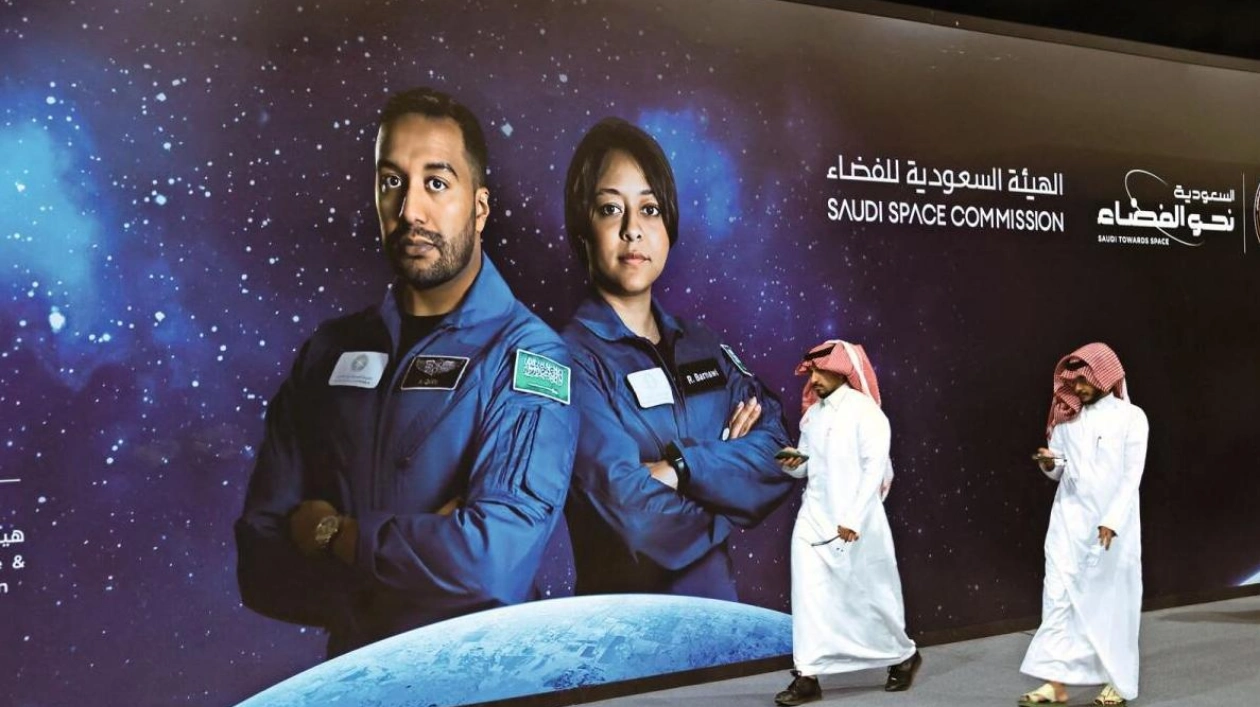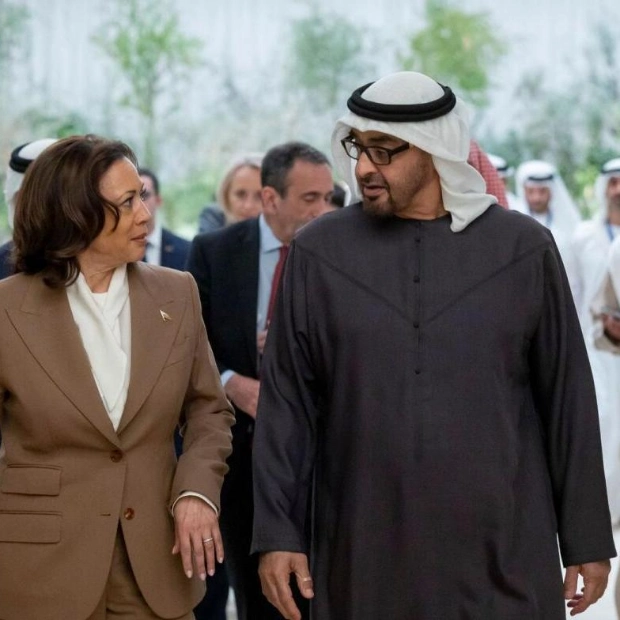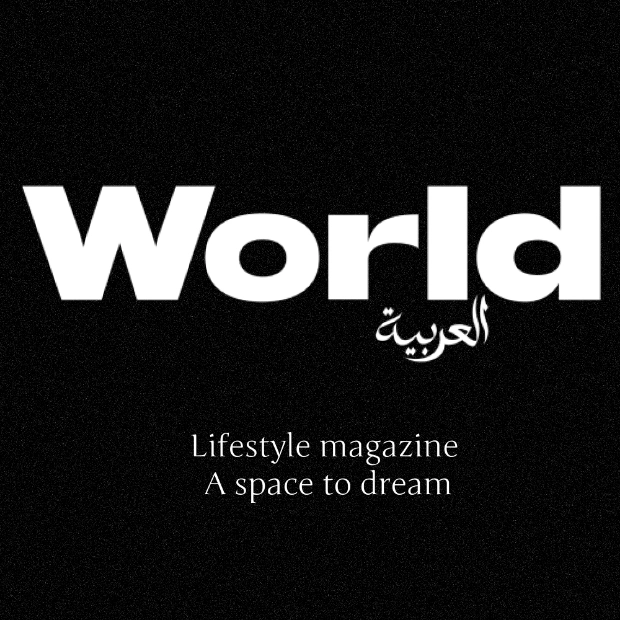Saudi Arabia is poised to enter a new era with the successful implementation of Vision 2030 and its economic diversification strategy. As the largest economy in the Arab world, the kingdom has opened its doors to foreign investors, offering opportunities in key sectors. Launched in April 2016, Saudi Vision 2030 is a comprehensive economic and social reform plan aimed at reducing dependence on oil and promoting sustainable development through sectors like tourism, entertainment, technology, and renewable energy.
A recent report by PwC highlights the growing influence of the non-oil sector in driving the kingdom’s economic transformation, reflecting the success of Vision 2030. The report notes increased growth in the non-oil private sector, higher expenditures, greater home ownership, and enhanced female participation in the workforce. Additionally, the introduction of revenue sources such as value-added tax and excise duty has significantly boosted revenue generation, paving the way for further economic diversification.
Upcoming global events like the 2029 Asian Winter Games, Riyadh Expo 2030, and potentially the 2034 FIFA World Cup, along with other mega projects, are expected to play a crucial role in transforming the kingdom’s economy. These events are anticipated to create robust investment opportunities and job prospects, contributing to sustainable economic growth.
The International Monetary Fund (IMF) has acknowledged the progress of Vision 2030, projecting that the Saudi economy could reach $1.3 trillion by the end of 2028. This optimistic outlook underscores the kingdom’s commitment to sustainable economic development, diversification, and long-term financial stability.
The private sector is also gaining prominence, with the government aiming to increase its contribution to the economy from 40% to 65%. Significant investments in infrastructure, such as the $500 billion Neom City project, are facilitating this shift. Additionally, projects like the Red Sea project are boosting tourism and promoting cultural exchange.
Female participation in the workforce has seen a notable increase, reaching 36% in Q1 2023, surpassing the 2030 target of 30%. Higher home ownership rates, now at 67%, are another indicator of Vision 2030’s success.
Saudi Arabia is also venturing into the space sector, aiming to increase its share in the global space business. The space sector generated $400 million in 2022 and is projected to reach $2.2 billion by 2030.
The renewable energy sector is another focal point, with the kingdom planning to generate 58.7 gigawatts of renewable energy by 2030. Initiatives like the Saudi Green Initiative reflect the country’s commitment to environmental sustainability.
In conclusion, Saudi Arabia’s Vision 2030 and economic diversification policies are setting the stage for a vibrant, diversified economy with reduced oil dependence. The success of these initiatives will depend on effective implementation and continued reform efforts.
The UAE and Saudi Arabia share strong ties, underpinned by historical, cultural, and economic connections. Both countries benefit from deep trading partnerships, with significant investments flowing between them. The non-oil trade between the two nations is on the rise, reflecting robust economic relations.






